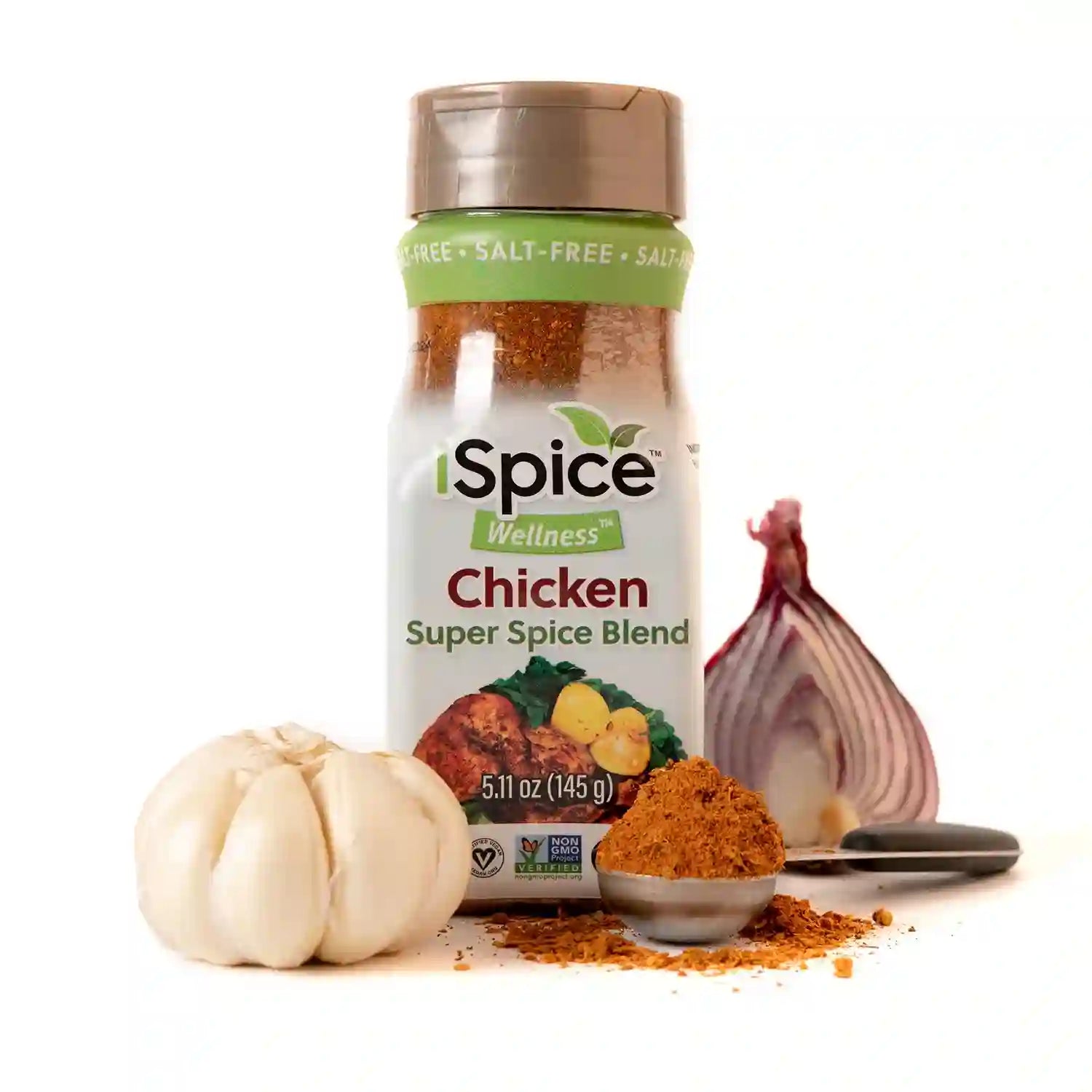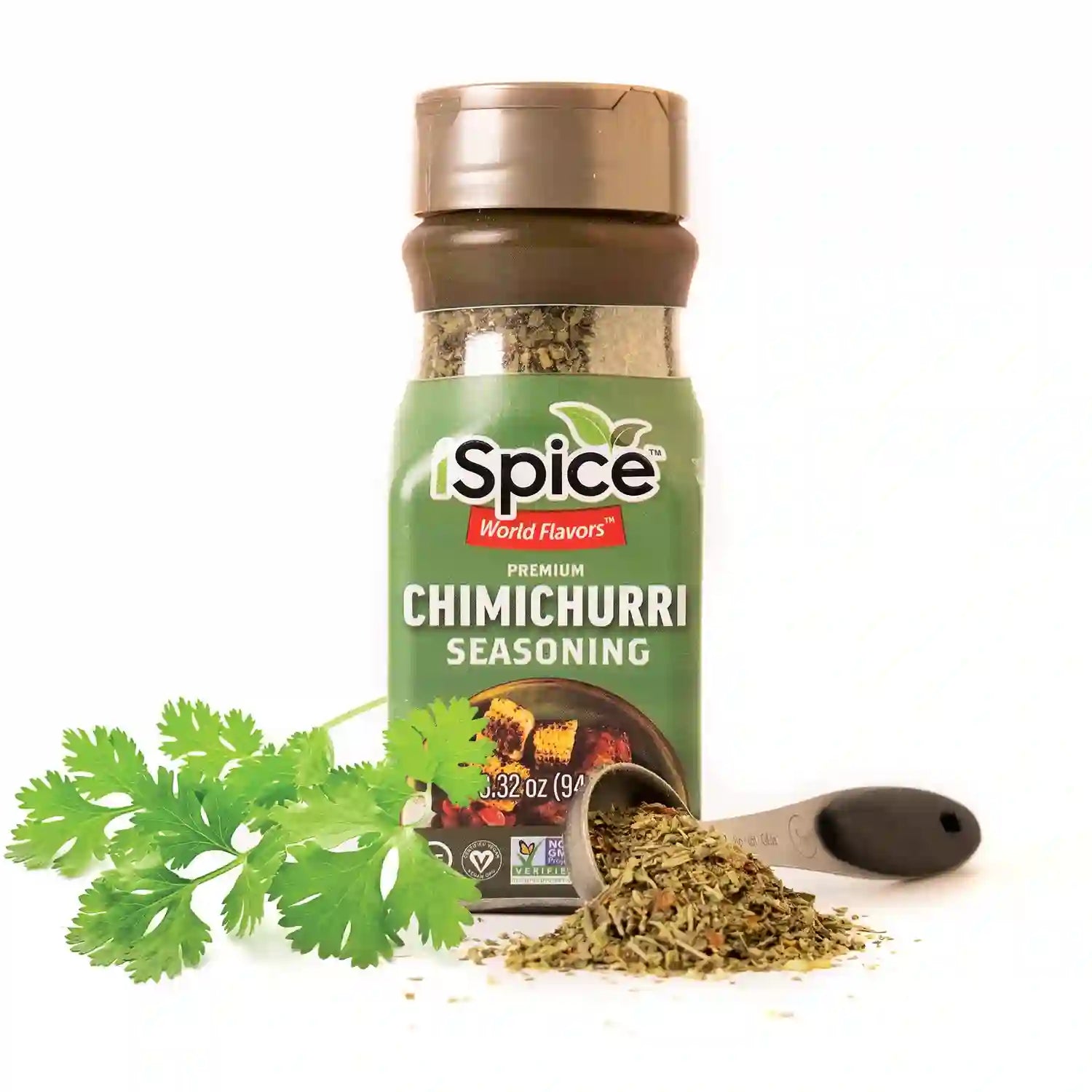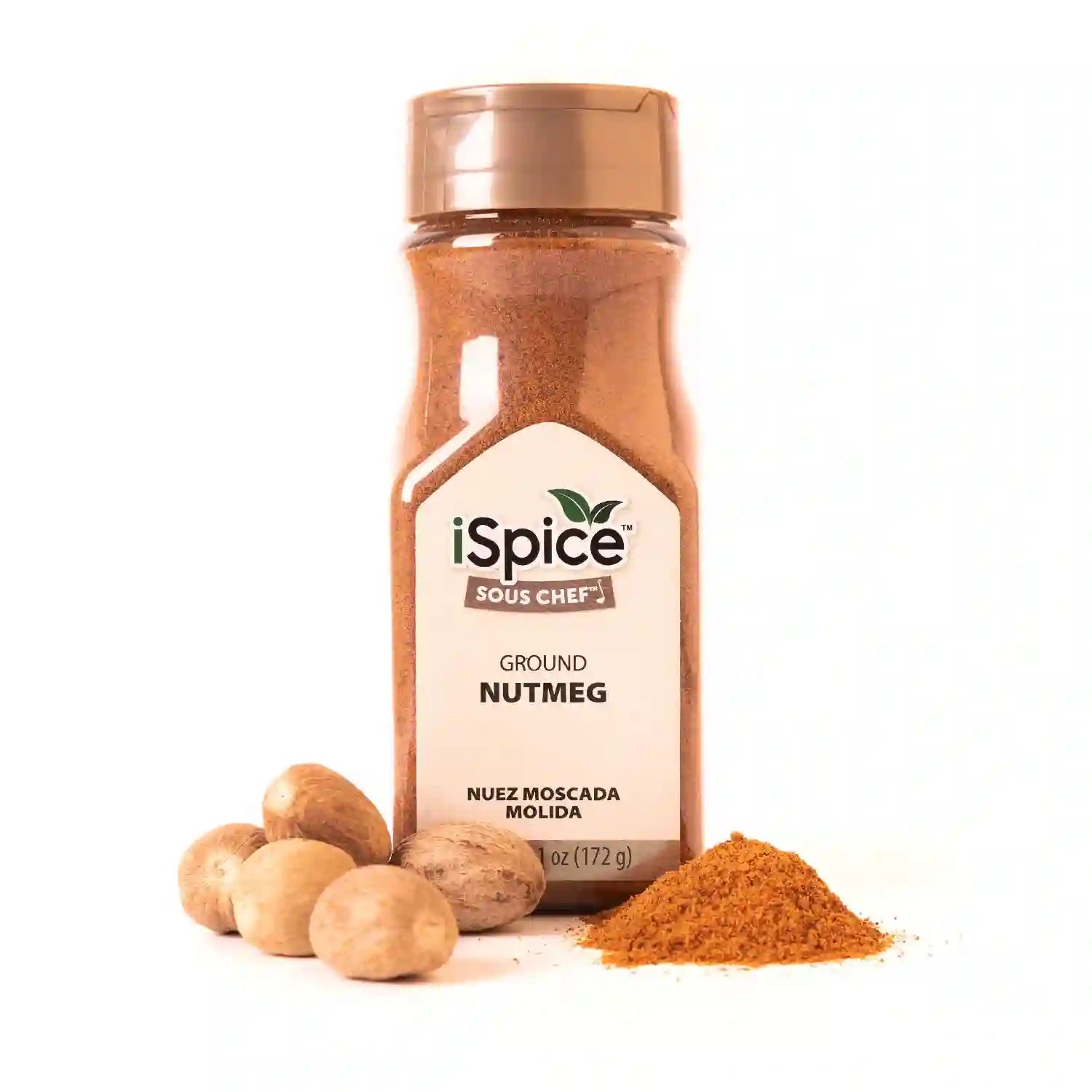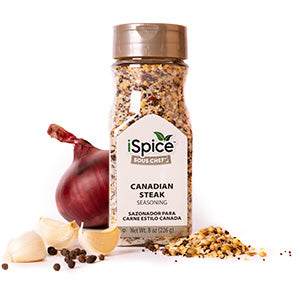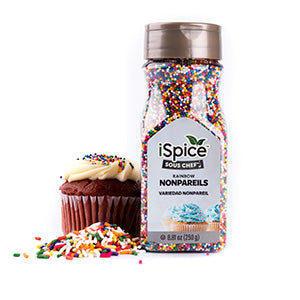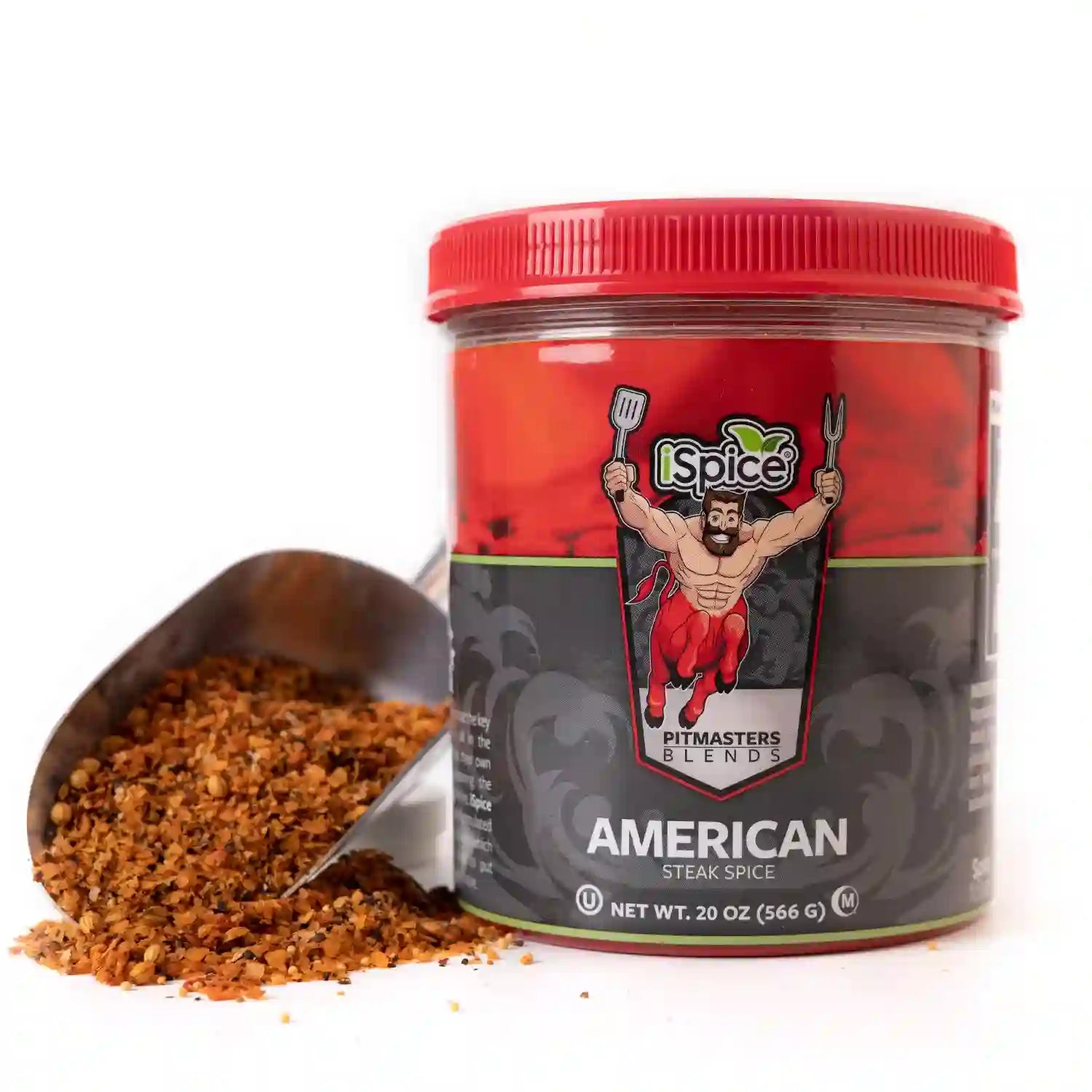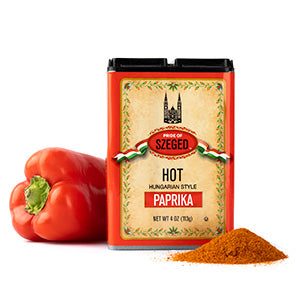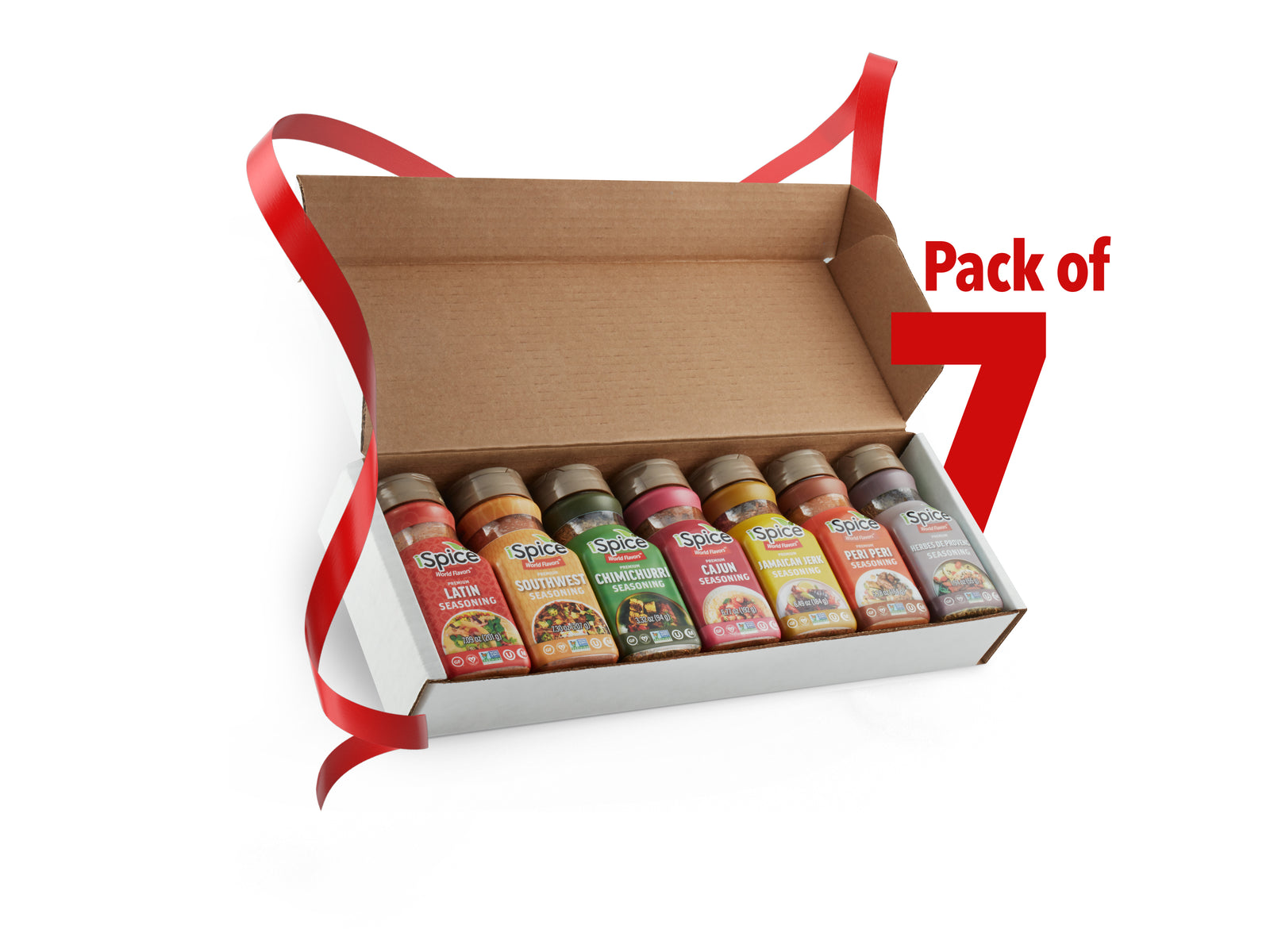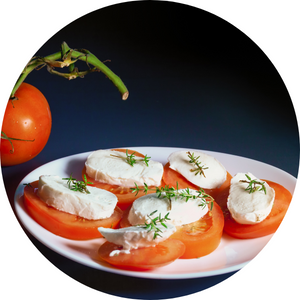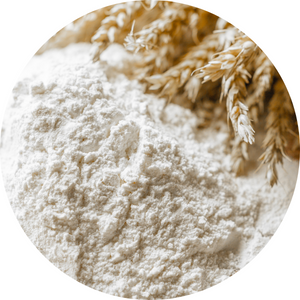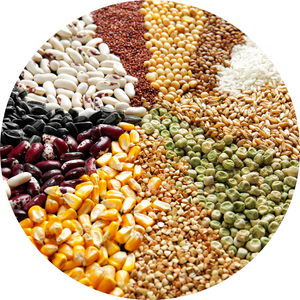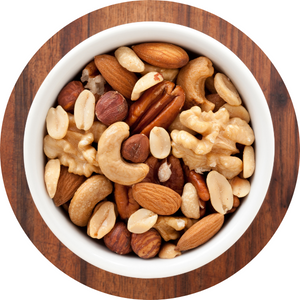
Fresh herbs can transform even the simplest meal — and you don’t need a garden to enjoy them. With a little care, growing herbs indoors keeps your kitchen stocked with fresh flavor all year round. From basil and parsley to rosemary and mint, indoor herb gardens are practical, aromatic, and surprisingly easy to maintain.
Whether you live in an apartment or simply want fresh garnishes within reach, this guide covers everything you need to grow and use herbs indoors effectively.
Benefits of Growing Herbs Indoors
Growing herbs inside your home offers convenience, freshness, and satisfaction.
Advantages:
-
Fresh flavor year-round: No need to depend on store-bought herbs.
-
Better control: Manage watering, light, and temperature for healthier plants.
-
Cost-effective: One plant produces weeks or months of fresh herbs.
-
Aromatherapy effect: Adds fragrance and greenery to your kitchen space.
-
Sustainable cooking: Reduces packaging and food waste.
Indoor herbs bring both function and beauty to your culinary space.
Best Herbs to Grow Indoors
Some herbs thrive better indoors due to their adaptability to lower light and controlled temperatures.
| Herb | Growth Tips | Culinary Uses |
|---|---|---|
| Basil | Needs lots of sunlight; keep soil moist | Pasta, pizza, salads |
| Parsley | Grows well in moderate light; water regularly | Soups, sauces, garnish |
| Mint | Prefers indirect light; spreads quickly | Teas, desserts, drinks |
| Thyme | Requires bright light and well-drained soil | Roasted meats, potatoes |
| Rosemary | Likes dry soil and bright light | Bread, marinades, roasted dishes |
| Cilantro | Grows best in cooler temperatures | Salsas, curries, rice dishes |
| Chives | Easy to grow; harvest often | Eggs, soups, dips |
| Oregano | Needs plenty of sun; trim often | Pasta sauces, grilled meats |
| Sage | Drought-tolerant; minimal watering | Stuffing, butter sauces |
| Dill | Prefers cool temps and consistent moisture | Seafood, yogurt dressings |
Mixing these herbs ensures a versatile kitchen garden for various cuisines.
How to Grow Herbs Indoors Successfully
1. Choose the Right Spot
Place herbs near a south- or west-facing window for at least 5–6 hours of sunlight daily. If natural light is limited, use grow lights for consistency.
2. Use Proper Containers
Select pots with drainage holes to prevent root rot. Clay or ceramic pots are ideal for airflow.
3. Use Quality Potting Mix
Opt for well-draining soil made for herbs or indoor plants. Avoid heavy garden soil.
4. Water Carefully
Overwatering is a common mistake. Water when the top inch of soil feels dry, and empty drainage trays regularly.
5. Maintain Humidity and Air Circulation
Mist herbs occasionally or group plants together to retain moisture. Good airflow prevents mold and pests.
6. Regular Harvesting
Frequent trimming encourages growth. Always cut above leaf nodes so the plant can regrow fuller and stronger.
Using Your Indoor Herbs in Cooking
Once you have a healthy indoor herb garden, there are endless ways to use fresh herbs to enhance your dishes.
Everyday uses:
-
Add fresh basil or oregano to pasta and pizza.
-
Mix chopped parsley or chives into soups or omelets.
-
Stir mint leaves into teas, smoothies, and desserts.
-
Sprinkle thyme or rosemary on roasted vegetables or meats.
-
Blend cilantro or dill into dressings, marinades, or sauces.
Pro Tip: Add delicate herbs like basil or parsley at the end of cooking to preserve their aroma, while woody herbs like thyme or rosemary can be added earlier.
Common Problems and Solutions
| Issue | Possible Cause | Solution |
|---|---|---|
| Yellow leaves | Overwatering | Let soil dry and improve drainage |
| Weak growth | Lack of sunlight | Move closer to window or use grow light |
| Wilting | Underwatering or poor airflow | Water regularly and increase ventilation |
| Pests (aphids, gnats) | Overly moist soil | Use neem oil spray and reduce watering |
| Lack of flavor | Old leaves or poor light | Harvest regularly and ensure 5+ hours of light daily |
Healthy herbs come from steady light, balanced moisture, and regular pruning.
Storage Tips for Indoor Herbs
Even fresh-picked herbs can last longer with proper handling.
-
Store cut herbs in glass jars with a little water, covered loosely with a bag.
-
Wrap hardy herbs in damp paper towels and refrigerate.
-
Freeze excess herbs in ice cube trays with olive oil or water.
-
Dry woody herbs like thyme or rosemary for long-term use.
Frequently Asked Questions About Growing Herbs Indoors
1. Which herbs are easiest to grow indoors?
Basil, mint, parsley, chives, and thyme are the most forgiving and grow well in various light conditions.
2. How often should I water my indoor herbs?
Usually once or twice a week, depending on humidity. Always check soil moisture before watering.
3. Can I grow herbs in low light?
Yes, but growth may slow. Supplement with LED grow lights for healthy development.
4. When should I harvest indoor herbs?
Harvest once plants are 6–8 inches tall. Trim regularly to encourage new growth.
5. How can I prevent pests in my indoor herb garden?
Avoid overwatering, provide airflow, and inspect leaves weekly for early signs of insects.
Final Thoughts
Growing and using culinary herbs indoors brings freshness and creativity to your kitchen. With the right setup, you can enjoy fragrant basil, mint, thyme, and rosemary at your fingertips year-round. A small herb garden not only enhances your dishes but also connects you to the simple pleasure of cooking with homegrown flavor.

